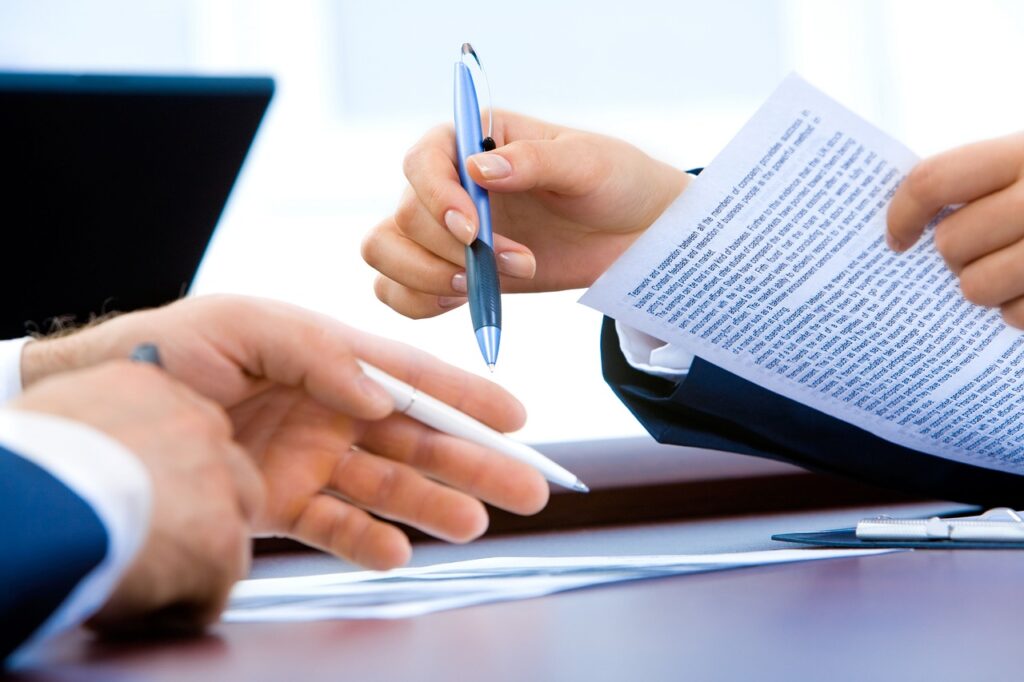Introduction
I urge you to read Part 1 of the article “Inflation-Driven Price Increases Pt. 1” before reading this article.
Thank you. To recap the first article, where we left off from Part 1 of “Inflation-Driven Price Increases,”
we mentioned what the Treasury and the Federal Reserve are responsible for in our monetary system.
Financial Bubble: Inflation Part 2
Now, back to how the government monetary system is built up like a Ponzi scheme:
There comes a time when the US government needs money; what they do is take a loan with the Federal Reserve.
Then, what happens next is that the Federal Reserve prints out the money, gives it to the government,
and in return, the Treasury prints out an I.O.U (I Owe You/government bonds) and hands it back to the Federal Reserve, promising to pay it back.

With this liquid cash, the government uses it to fund wars, healthcare, education, reduce unemployment, etc.
While the government is doing that, the Treasury and the Federal Reserve work closely to sell off the I.O.U’s at auction
to other retail investors (individuals like you and I) and other countries’ central banks.
How Will the Government Pay Back the Loan?
The problem is if the government uses money that is loaned out from the central banks to pay bills and previous loans,
how will the government plan on paying off the current loan plus interest?
What they do is they borrow more money to pay off the current loan plus the interest,
and they keep repeating this vicious cycle over and over again.
E.g.: The government borrows $1000 from the Federal Reserve then the Treasury will hand out an I.O.U (receipt/note) back to the Federal Reserve.

On the IOU it states that the government promises to pay back the money plus interest.
The government uses the money to stimulate the economy and when it comes time to pay back the loan
they take an even bigger loan again from the Federal Reserve again to repay back the original loan ($1000) plus interest.
They do this over and over, getting into more and more debt.
It is a giant Ponzi scheme because you can never pay it off; it always requires the government to go deeper into debt.
The reason why other nations and retail investors invest in government bonds is that they are known as “low-risk” investments.
It’s not as if the government will vanish with your investment or fail to pay out dividends due to liquidity issues, right?
Governments have some degree of control over the money supply, so investors can be assured they will receive their money back.

This is how today’s Monetary system operates: The American government gets money (debt) from the Federal Reserve,
in return, the Treasury hands out an I.O.U to the Fed.
Let’s say the government gets $500 billion debt from the feds, legally American government can use this newly created money
to buy oil from the Middle East, gold and Platinum from South Africa, or machinery and mechanical appliances from China.
Next, foreign central banks like those in China or Japan (who invested in U.S. government bonds),
instead of converting their dollar profits back into their respective currencies—since doing so would cause
the value of their local currency to rise (leading to deflation) in relation to other currencies,
making it less desirable for trade—reinvest these export profits in the United States by purchasing government bonds.
In return, they receive an IOU from the US Treasury.
Three countries that own the most U.S. government bonds:
- Japan held $1.15 trillion in treasury securities – Jan 2024
- China held $797.7 billion in Treasury securities – Jan 2024
- The United Kingdom held $753.5 billion in treasury securities – Jan 2024
This increase in government debt and the act of printing money and running trade deficits are some of the reasons why prices have been raising over the years.
My grandfather used to tell us that back when he was still working he used to spend only R20 on groceries.
Today (2024) the average price of groceries in South Africa is R3,618 per month.
Back in the 80s, my grandfather was the only one with income. He worked at Anglo Gold mine
in Vaal Reefs (North West Province), as it was known at the time, and his salary was enough to support my grandmother, my mother, and her two brothers.
Today, households find it difficult to get by with just the salaries of both partners or parents due to inflation.

Most people can experience this loss of purchasing power but at the same time, they do not understand how it works and why it happens.
By now you should have a better understanding of how inflation works; you are more aware
now about these government obligations that affect your life. Later I will share ways that can help you hedge against inflation (coming articles).
The average price of brown bread was R2.68 (2003) and now the average price is R17 and R13 for standard bread.
Today partners/parents have no choice but to get into debt in order to cover their basic needs.
This turn of events can leave them with little to no savings and find themselves in large sums of debt
because of a decrease in purchasing power.
It is also difficult to save when the government levies high taxes. This one of the reason why most marriage’s end up with a divorce (Money Problems)
How Hyperinflation Destroyed Nations in The Past 100 years
Now let us take a look into hyperinflation in depth and also look into countries that have spiraled out of control
due to excess spending and debasement of currency.
What we have learned so far from the Romans is that excess spending and increasing money supply can lead to tremendous consequences.
What I do not understand is why doesn’t the government elites learn from history?
Why do they always repeat the same mistakes- it seems like they never learn from the past mistakes of previous rulers.
In 2023 the US inflation rate was 3.4%. In South Africa the average inflation rate was 6.0%.
these figures let us know the health of a country. High inflation rates = price increase.
A low inflation reading indicates that a country’s economy is healthy and prices are more or less stable.
When monthly inflation is above 50% that is when we have Hyperinflation. Now let us look into some of the countries that have experienced this nightmare:
The Collapse of the German Economy Through Inflation
Picture going to a restaurant, and the price of your meal is $23.98 USD. By the time you finish eating,
that same meal costs about $80 USD. Imagine going outside and seeing people carrying large sums of money in wheelbarrows to buy goods and services;
well, this is what Germany experienced during the Weimar Republic.
Germany experienced severe hyperinflation during the Weimar Republic, an event that continues to impact the nation’s
economic policies and the mindset of its citizens today. This historical trauma is openly expressed by many Germans,
influencing contemporary economic behavior and policy. Some Germans believe it is better to spend
their money immediately, fearing it might lose its purchasing power again. They recognize that modern currency lacks intrinsic value, unlike goods and services.
From 1919 to 1923, the German government was running trade deficits. Their revenue was only a quarter of the amount they needed to finance their debts.
Remember earlier when I said that when monthly inflation is above 50%, we have hyperinflation?
Well, Germany’s monthly inflation rose to a staggering 29,500%. In 1919, the price of a loaf of bread
cost 1 mark (German currency). By 1923, that same loaf of bread cost 100,000,000,000 marks.
The middle class watched as their savings went to zero (nothing); money that took many years to save became worthless overnight.
People who had positions in life that provided a stable income, like nurses and teachers, were not able to take care of themselves plus their families.

Most workers were often paid twice per day because prices rose so fast; their wages were worthless by lunchtime.
Factories started to close, unemployment started to rise.
It even got so bad that businesses stopped taking money; instead, they would rather trade with appliances that suited their needs.
In 1914, 1 USD = 4.2 Marks.By 1923, 1 USD = 4.2 Trillion Marks. This shows that overprinting affects everybody.
In 1924, the situation was stabilized by a new currency that was backed by solid assets. The problem is many middle-class people by this time had all lost their savings.
The Collapse of Zimbabwe’s Nation Through Inflation
Zimbabwe’s hyperinflation disaster is the most recent to date. Zimbabwe has experienced the second worst
inflation to date and the first of the 21st century. Zimbabwe’s monthly inflation was 76,600,000,000%. These events occurred during November 2008.
During this time, a 30-pound bag of potatoes cost 90 million Zimbabwe dollars in the first week of March; the same bag later amounted to 160 million.
In November, a bag of sugar cost 90 billion Zimbabwe dollars. Salaries of unskilled workers were 200 billion Zimbabwe dollars, equivalent to $10 a month.
That is how much people lost their purchasing power.
In 1980, Zimbabwe gained independence. This led to Mugabe being president.
He then sought to acquire white people’s land without compensation through the land reform Act that began in the 80s .
Subsequently, he influenced policies to establish Zimbabwe as a one-party regime.
Robert Mugabe then used the influence of the central banks to make it possible to fund new investors by printing money,
and he gave this money to new black individuals who had little to no experience.
Then, boom, the agriculture sector suffered, exports decreased, and the government ran larger deficits to keep up with debt . People suffered.
The elites of Zimbabwe started printing more money to keep up with debts, then boom, the economy collapsed.
Nations like the Roman Empire, Greece, Germany, and Zimbabwe all experienced the same fate.
When the balance of goods and services is unbalanced, it can lead to catastrophic outcomes.
Printing money hurts the economy, and yet we are in the biggest financial bubble that nobody sees. Who knows which nation will experience this next?
Instead of just waiting and blaming governments, people should use that energy to look for ways to protect themselves.
That’s why financial knowledge is important. In the next coming articles, I’ll touch on how you can protect yourself from being wiped out.

Conclusion: Inflation-Driven Price Increases Pt2
The government’s reliance on debt and money printing poses significant risks to individuals and economies.
Instead of waiting for governments to take action, it’s crucial for individuals to educate themselves
about financial matters and take steps to protect their assets.
In future articles, strategies to safeguard against financial instability will be explored.
Take control of your financial future by gaining knowledge and preparing for potential economic downturns.

